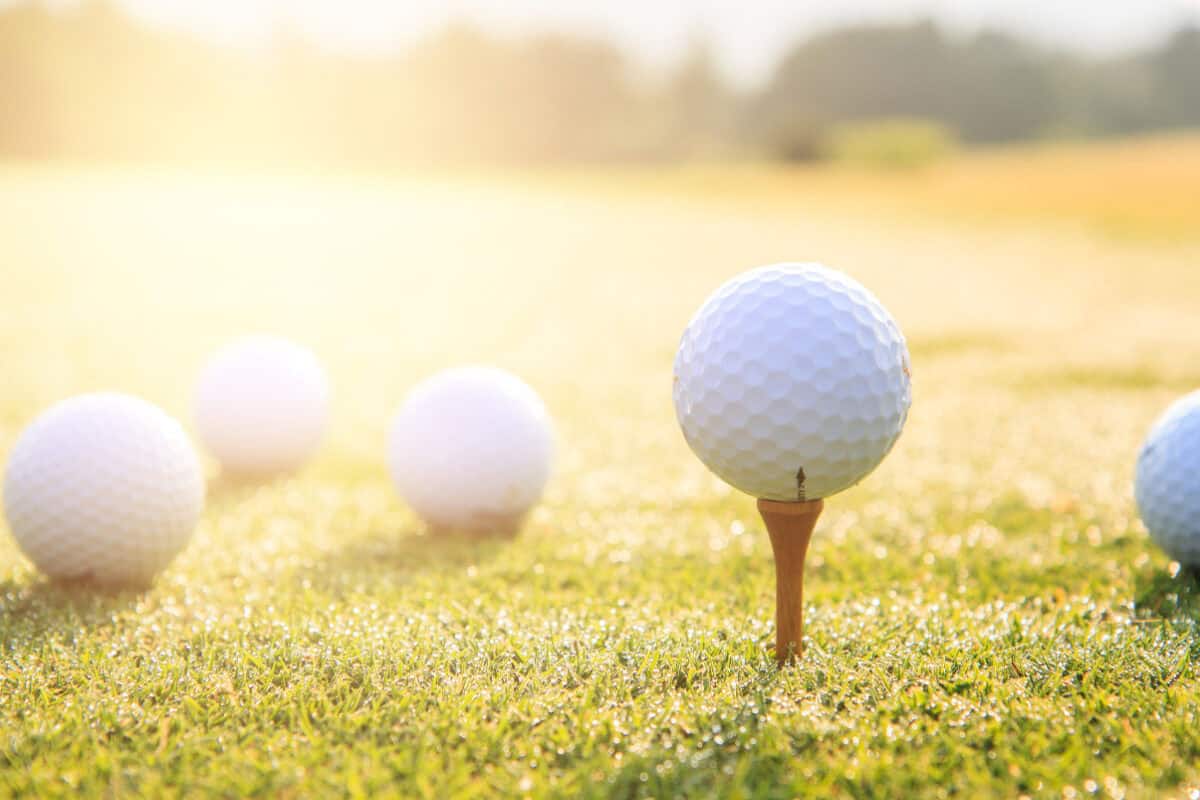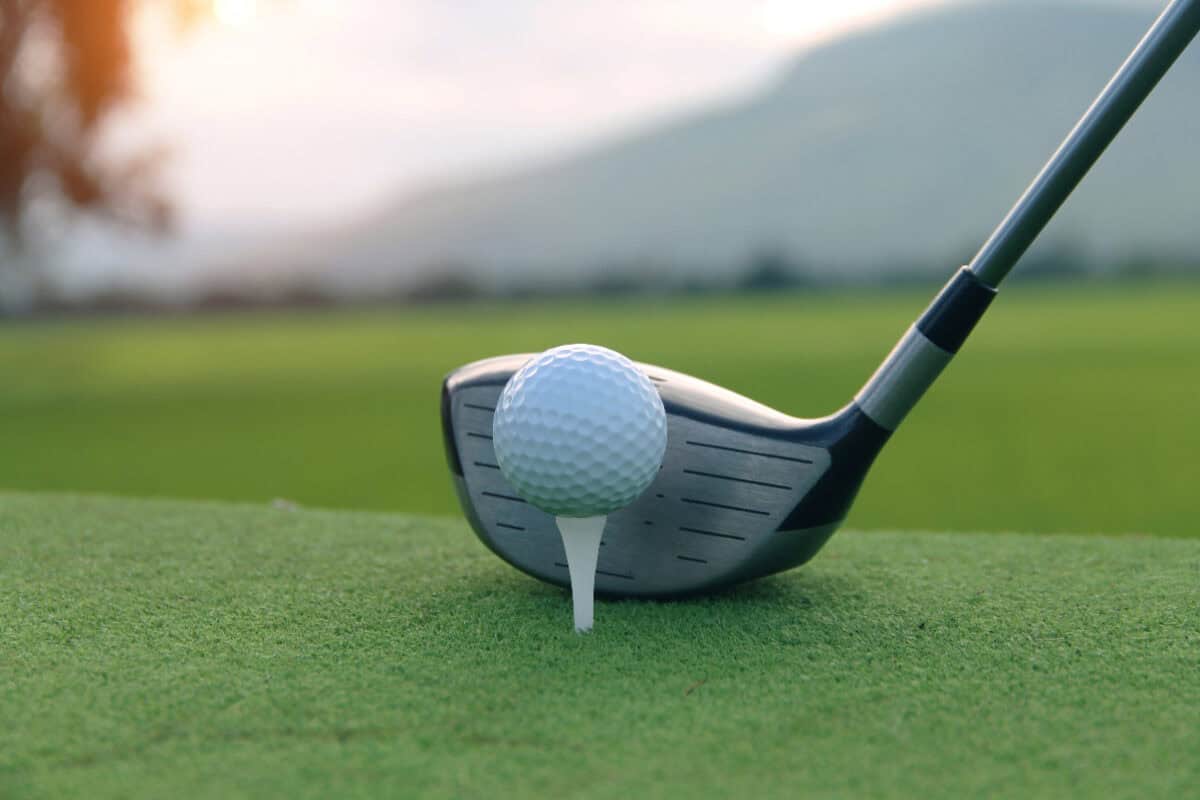Overview of Different Types of Golf Balls and Key Differences
When it comes to golf balls, no single model is the best for every golfer. Balls come in a variety of multi-layered constructions, each engineered to provide specific performance benefits.
By understanding the different types of golf balls and their key differences, you can find the right match for your game.

Two-Piece Golf Balls
Two-piece balls have the simplest construction, consisting of just two main components. A solid rubber or plastic core is wrapped in a durable ionomer or surlyn cover.
The large core maximizes energy transfer for faster ball speeds off the clubface. This results in the maximum distance for any given swing speed.
The firm cover resists cuts and shear to ensure longevity over multiple rounds. Two-piece balls offer low spin for straight shots into greens.
With their straightforward design focused on distance and durability, two-piece balls appeal most to beginners, high handicappers seeking max yardage, and casual players.
Three-Piece Golf Balls
Moving up in complexity, three-piece balls have three distinct layers. The rubber core is enclosed in a thin mantle layer, which is then wrapped with the standard cover.
The mantle acts as a buffer between the core and cover, fine-tuning the compression and energy transfer. This provides moderate spin in addition to a good distance.
Three-piece balls offer more control and a slightly softer feel while maintaining durability. This combination of attributes makes them ideal for mid-to-low handicap amateurs.
Four-Piece Golf Balls
Four-piece balls separate the mantle into two distinct layers surrounding the core. This further refinement improves speed and optimizes spin separation.
The dual mantle allows the cover to be made ultra-soft and responsive around greens for maximum spin and feel. The core can stay firmer for faster ball velocity.
Designed to suit skilled players’ needs for distance, accuracy, control and touch, four-piece balls appeal most to low handicappers and professionals.
Five-Piece Golf Balls
At the pinnacle of ball construction, five-piece balls add a third mantle layer between the core and cover. This ultra-engineered design fine-tunes energy flow and compression.
The multiple layers work together to enhance both ball speed off the tee and soft feel on short shots and putts. This advanced construction comes at a premium cost.
Five-piece balls deliver peak performance benefits demanded by tour pros and highly skilled amateurs seeking maximum spin control and a responsive feel.

Key Differences Between Golf Ball Types
While all golf balls must conform to USGA weight and size regulations, the different constructions produce notable performance differences:
Distance
More layers boost speed but two-piece balls often fly farthest for moderate swing speeds. Faster swingers see max distance from five-piece balls.
Spin Separation
Extra mantle layers improve spin for full shots versus short game spin. Allows tour players to shape shots and stop quickly on greens.
Durability
Two and three-piece balls last much longer than softer four and five-piece models. Ionomer covers resist cuts, shears, and abrasions.
Feel
More layers and softer covers improve the feel. Five-piece balls offer the most responsive and “buttery” soft sensation around greens and on putts.
Cost
In general, the more layers in the ball, the higher the cost due to advanced R&D and materials. Five-piece balls often cost $50 or more per dozen.
Choosing the Right Ball for Your Game
Consider your swing speed, skill level, budget, and preferences. Beginners and casual players benefit most from affordable two-piece distance balls.
Skilled amateurs and low handicappers can take advantage of three or four-piece balls designed for scoring. Only elite players with tour-level swing speeds fully realize five-piece balls’ potential.
Test different compression ratings and constructions to discover which type performs and feels best for your game.
